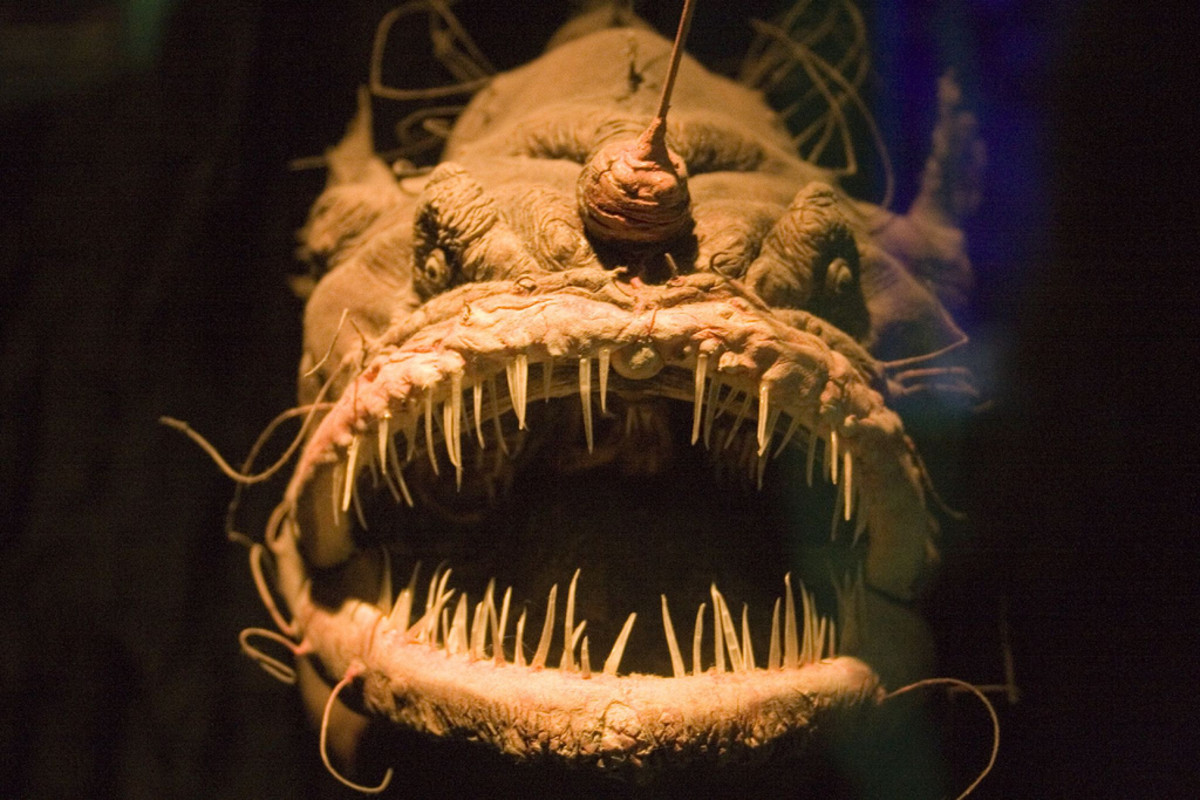In honour of the Queen's passing: Handel's choral anthem sung at all coronations from George II's in 1727 to Elizabeth's in 1953.
God save the king
Long live the king
God save the king
May the king live forever
Amen, amen, alleluia, alleluia, amen, amen
Amen, amen, alleluia, amen
Long live the king
God save the king
May the king live forever
Amen, amen, alleluia, alleluia, amen, amen
Amen, amen, alleluia, amen
Scroll forward to 2:10


